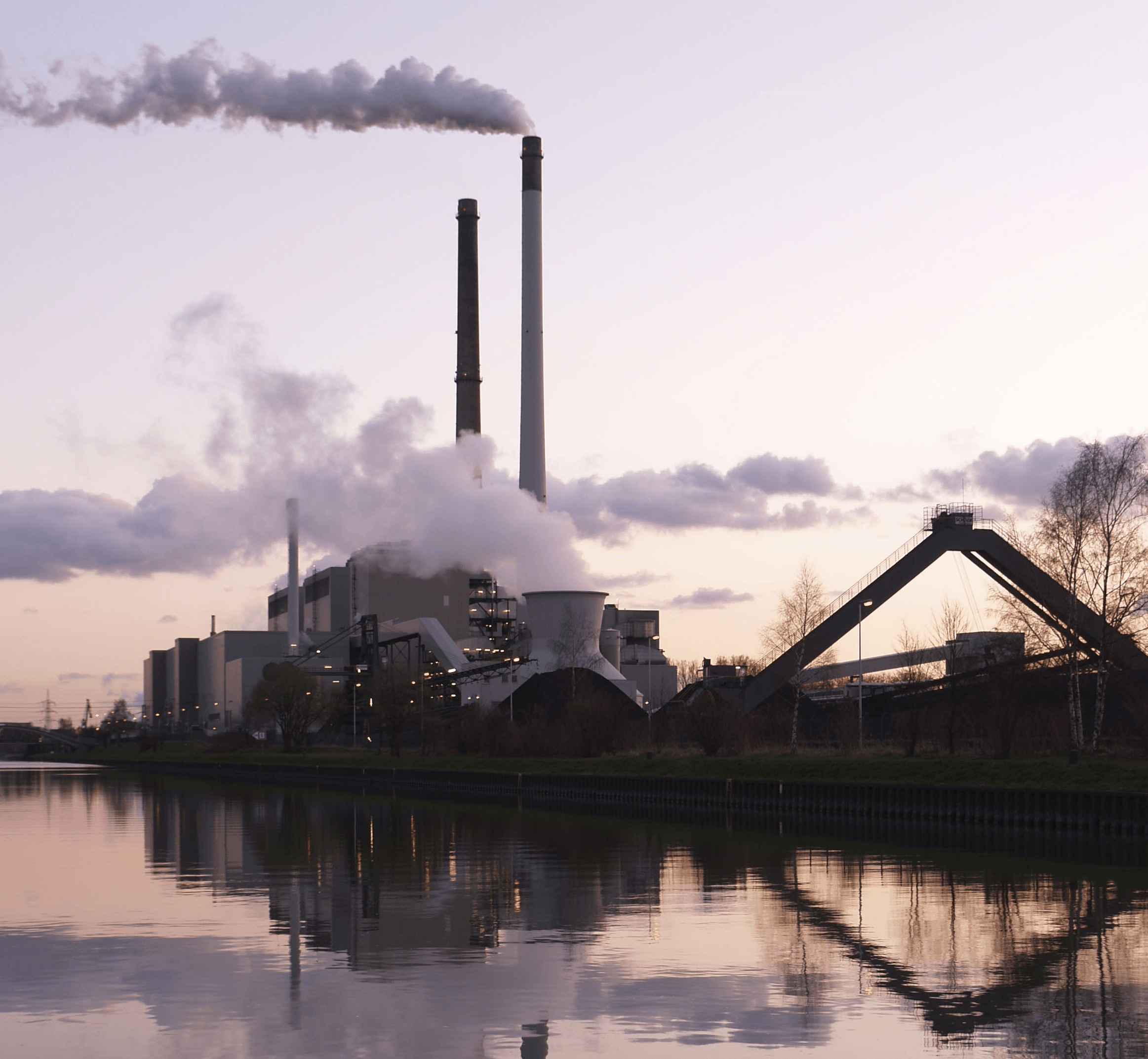
EPA Targets Coal Power Plant Emissions
In a committee hearing over the Obama Administration’s energy and climate policies, House Republicans derided officials from the Department of Energy (DoE) and Environmental Protection Agency (EPA) over their actions. Both were accused of perpetuating a “War on Coal,” that impose standards making coal a less attractive energy source, despite the fact that America rests on the world’s largest reserves of coal. They also claim coal power supplies the national with tens of thousands of jobs that are at risk as a result of the new standards.
That criticism didn’t stop the EPA from moving forward with new standards directed at coal and gas-powered plants. Today, the EPA announced that new rules would require new gas-fired plants to only emit 1,000 pounds of carbon dioxide (CO2) and new coal plants to emit 1,100 pounds of CO2. This is in contrast to the 1,800 pounds per hour that coal plants can currently emit. Altogether, these power plants currently emit 40 percent of greenhouse emissions in the U.S.
To comply with the new rules, the Administration mentioned that new plants could utilize carbon capture and storage (CCS) technologies. CCS technologies captures the CO2 from the power plants and have the potential to reduce greenhouse emissions by about 80 to 90 percent. This is done by compressing the CO2 and then transporting them via a pipeline about a mile underground to be injected in porous rocks. The picture below, provided by the EPA, depicts the process.
One worry is that CCS technologies are not commercially viable. To allay these concerns, Gina McCarthy, EPA’s Administrator, cited new plants that were already under construction which employ CCS technologies that capture much more CO2 than the new EPA rules require. McCarthy also referenced a time when scrubbers, technology that removes pollutants from coal plant emissions, were thought to be economically unfeasible but are now widely used in the industry. Moreover, she cited the fact that over $6 billion in loans are available by the EPA for the development of clean energy technologies.
Also talked about at the hearing was that this decade was key in terms of pursuing stricter climate change policies otherwise the country risks runaway warming.CCS is a vital component of any low-carbon portfolio. The goal of the current emissions reduction strategy is to prevent an average temperature increase of 2 degrees Celsius, and according to the International Energy Association (IEA), the least costly method of doing this is to utilize CCS technologies
Once adopted, CCS technologies provide the promise of significantly reducing CO2 from a large point source without requiring a large shift in current industrial practices. Unless such adaptation measures are taken, it is unlikely that CO2 emissions can be reduced to a point that would significantly curtail the disastrous effects of warming which include flooding, food shortages, and extreme weather patterns.






